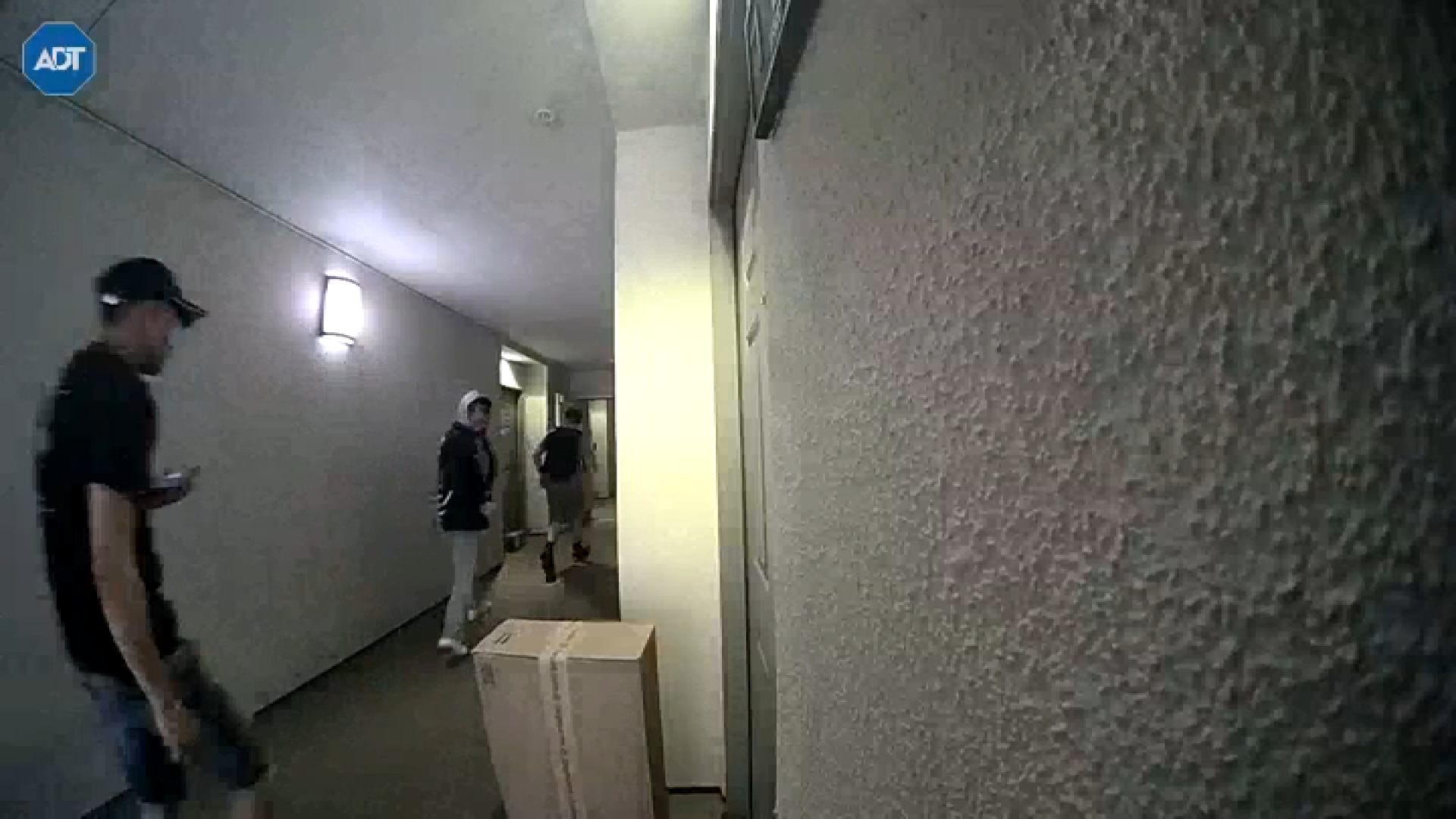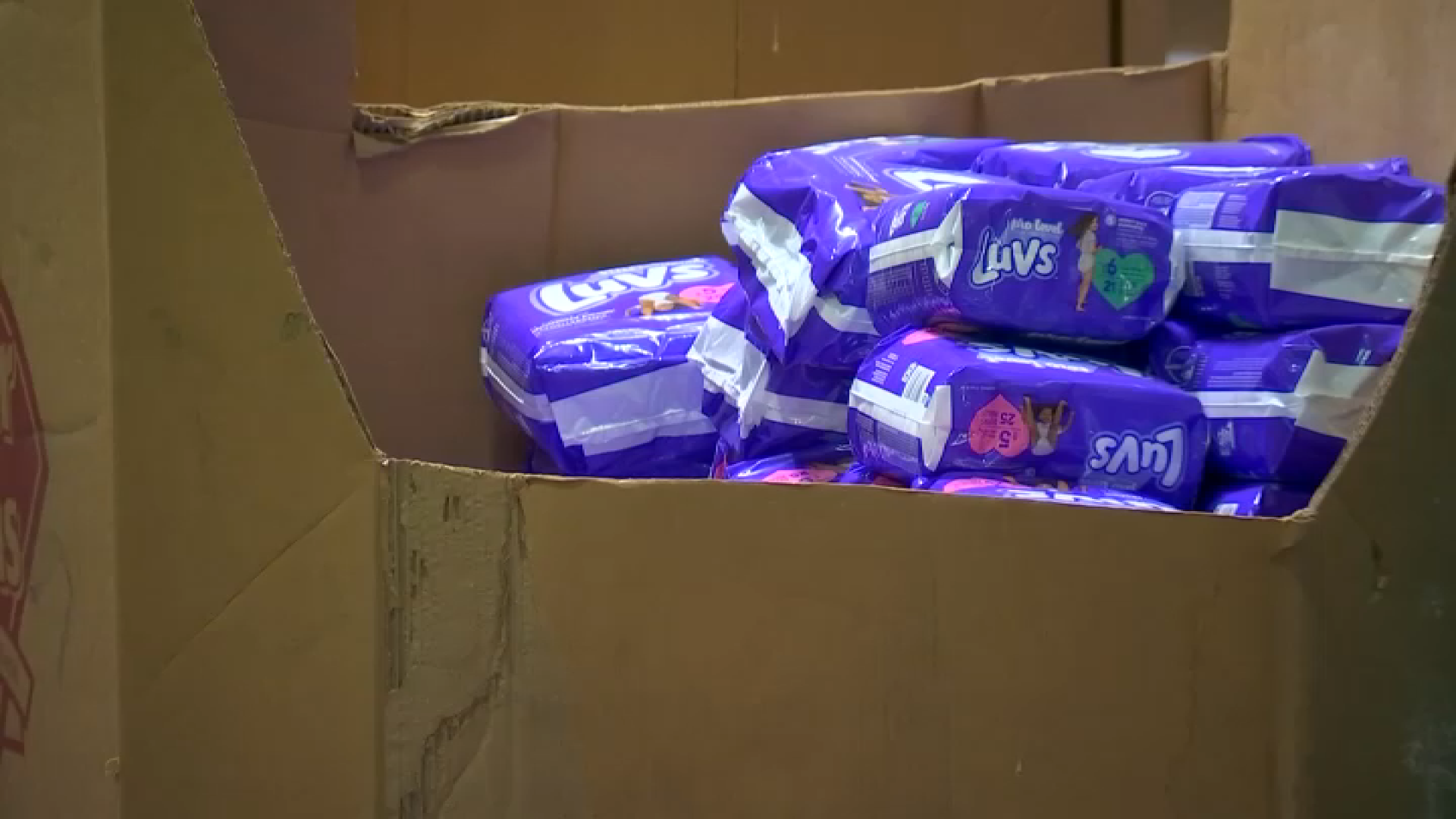"Bladder trucks" that are loaded with hundreds of gallons of stolen gasoline travel LA's congested freeways every day are a "disaster waiting to happen," according to Agent Steve Scarince of the Secret Service.
Scarince leads the task force targeting this potentially explosive crime. He says it is only a matter of time before one of these makeshift tankers gets into a traffic accident.
"It would be catastrophic," he said.
These vehicles are not designed for this kind of weight, or combustible cargo.
Their weight leads to problems with braking, making them "extremely dangerous" particularly on Southern California's extensive network of congested freeways.
On a gray afternoon, Scarince gives NBC4 a tour of an impound lot where several of these bladder trucks are being stored, evidence in criminal cases.
From the outside, they appear to be standard passenger vehicles, but they are modified to be illegal tankers, concealing large quantities of stolen gasoline.
Scarince walks around the back of a white SUV, and opens the hatch to reveal an internal fuel "bladder."
"This one can carry between 300 and 350 gallons," he said.
The trucks are rigged to siphon gas with the flip of a switch.
Scarince points out that the switch is next to the tank, with power running through it, and "electricity and vapor and fuel don't mix," he said.
Local
Get Los Angeles's latest local news on crime, entertainment, weather, schools, COVID, cost of living and more. Here's your go-to source for today's LA news.
Last December, at a 76 station in South Los Angeles, a man burned to death inside his van. There were two 55-gallon drums for gasoline in the back of his vehicle, when he lit a cigarette.
Witnesses said a "fireball" reached 10 feet high, leaving just scorched remains.
But in car-reliant California, stealing and selling gas is a lucrative and busy business.
"We've known drivers to fill these three to four times," said Scarince, referring to the 350 gallon bladder.
These trucks often transfer their supply to legitimate-looking tankers.
The gas is then resold to gas stations or transportation fleets at a reduced rate.
Scarince said it is appealing, because gas station owners make only a few cents on each gallon.
To demonstrate how large these operations can get, Scarince continues through the impound lot, to a fuel tanker that was seized in a previous case.
"They were stealing up to 4,000 gallons a day in fuel," he said.
He estimates that the criminal effort brought in between $8 and $12 million a year.
Scarince believes the best way to stop this crime is at the gas pump, because most of the gas is paid for with credit card information "skimmed" from gas stations.
Skimming devices are placed inside gas pumps, and copy data from the magnetic strip on the back of a credit card.
"We have the highest fraud here by 2 to 3 times more than anywhere else in the country," he said.
In surveillance video provided to NBC4 by the Secret Service, two men use what appears to be a small crow bar to pry open the gas pump, place a device inside and close the dispenser, all within 30 seconds.
In another surveillance tape, a man casually uses a drill to get inside the pump. Once again, the pump is tampered with and closed in less than 30 seconds.
Julie Jackson, the senior vice president and general manager for G&M Oil Company acknowledges that skimming has been an issue for gas stations across Southern California, but says that her stations, have seen a tremendous drop in skimming after they put safeguards in place.
"We have added cameras, so that every single island is closely monitored," Jackson said. "In the past, the lot was covered, but now customers should feel very good about the new cameras that actually cover every dispenser."
Jackson says G&M has retrained staff to monitor "tamper proof" seals on each of the pumps, in addition to adding more locks.
But because of the amount of consumers at the pumps each day, and because fuel is normally purchased without face-to-face interaction with the merchant, customers play a vital role in security efforts and identifying pumps that may have been compromised.
"We need all the eyes and ears on this we can get," Jackson said.
Tommy Munoz, the safety and security manager for G&M, said it's "a never-ending battle" when it comes to skimming.
He said the first thing consumers need to do is look for "tamper-proof" seals on the pump and pay attention to the condition of the credit card slot and the pin pad.
"If you see something weird at these stations, definitely speak up," he said.
Each skimming device can capture information on more than 2,000 cards, and many criminals have taken tech-savvy steps to avoid returning to the pump.
Scarince said about 95 percent of the devices that seen in Los Angeles are Bluetooth enabled.
Scarince's team retrieves "well over" 200 skimmers a year, just in Southern California alone. That adds up to 400,000 potential incidents of credit card fraud.
Scarince said the people behind this crime are "not your typical street thug."
They have engineering, electrical or computer science backgrounds, and that their technologies are constantly evolving.
"Where they place devices, how they place devices, how they are manufactured, it's a continuous chase," he said. "That is what is most surprising to me."



